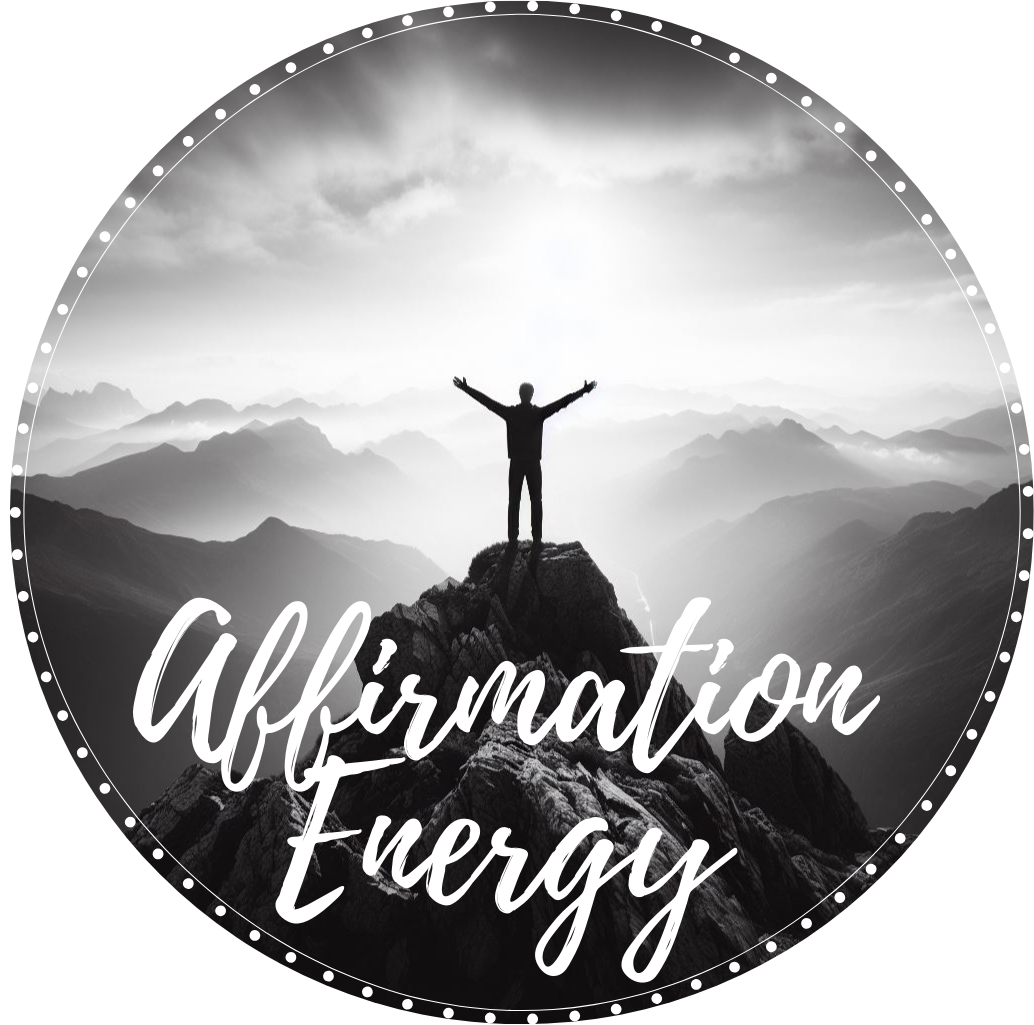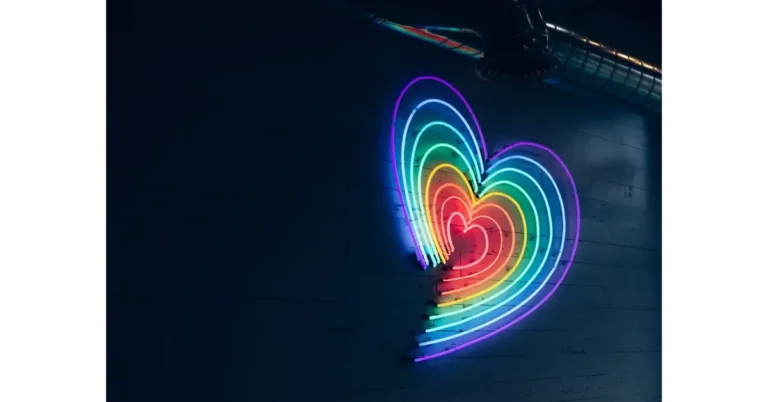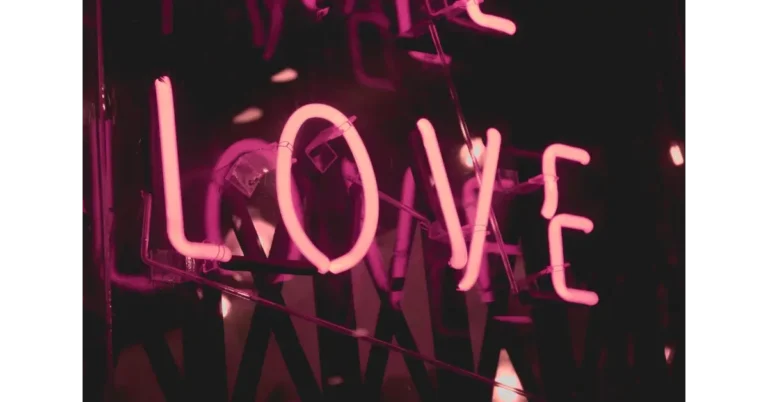The trend of art centered around the theme of self-love is gaining significant traction in today’s culture. It showcases an engaging and positive method that emphasizes the significance of appreciating one’s individuality and distinct characteristics via artistic pursuits. With each brushstroke and color choice, artists narrate their journey towards self-acknowledgment and personal healing. Such artwork typically shares experiences that are both moving and profoundly personal, connecting viewers with tales of endurance and self-discovery.
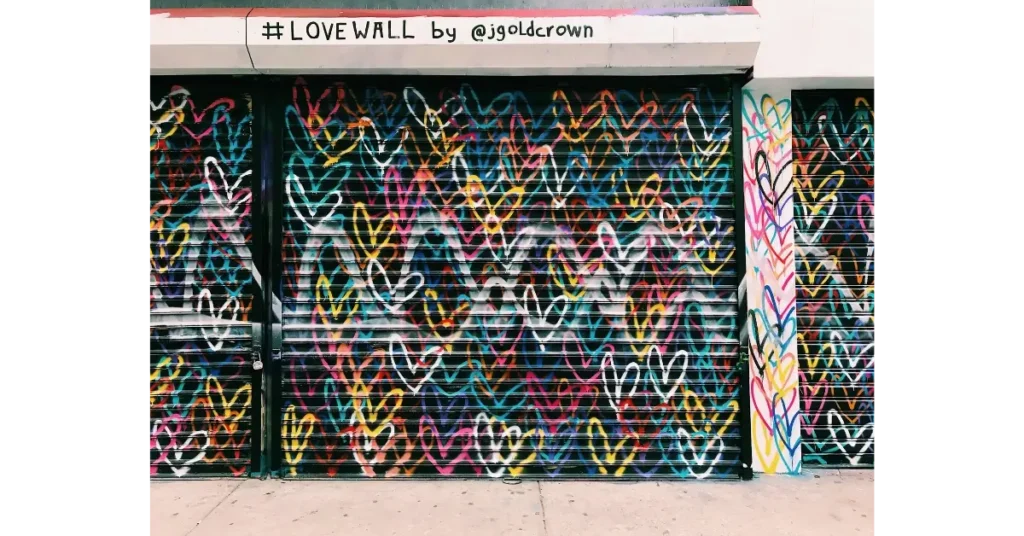
We find that through various mediums — be it paintings, sculptures, digital designs, or even tattoos — creators project their innermost feelings onto a canvas that can speak to many. These visual affirmations aren’t just aesthetically pleasing; they serve as daily reminders of self-worth and positivity in both personal and shared spaces. From online platforms to gallery walls, self love art is becoming a mainstream dialogue, making it more accessible for anyone to engage in the practice of self-affirmation.
Key Takeaways
- Self love art promotes personal healing and self-acceptance.
- It encompasses various mediums and serves as a visual affirmation of self-worth.
- This art form is gaining prominence and accessibility, fostering a supportive community.
The Concept of Self Love Art
In exploring self love art, we’re uncovering a practice deeply rooted in expressing and affirming one’s own value and worth through creative means. Let’s delve into its historical perspectives and cultural significance to better grasp this poignant form of artistry.
Historical Perspectives
Existing throughout various epochs, self love art isn’t a novel concept. Historically, artists have used self-portraiture not only to practice their craft but also as a means to introspect and convey their inner narratives. The Renaissance period, for example, saw a rise in artists like Albrecht Dürer and Leonardo da Vinci, who produced self-portraits that communicated more than their physical appearance; these works often hinted at a deeper understanding and acceptance of their identity and place in the world.
Cultural Significance
In contemporary settings, self love art transcends individual creativity, impacting the cultural fabric by championing mental health and self-acceptance. Whether it’s through modern painting workshops that encourage participants to express their journey of self-discovery or through online platforms where digital artists share their personal growth stories, this form of art is a resonant force. It binds communities through shared experiences of finding joy and authenticity in one’s own skin, as seen in projects that explore self-compassion and the art of loving oneself authentically.
Self Love Art Forms
In our exploration of self love art, we tap into various artistic disciplines that enable us to celebrate and nurture self-compassion and personal growth.
Visual Arts
Visual arts serve as a potent medium for self-expression and emotional exploration. Through painting and sketching, creators pour their inner thoughts and feelings onto the canvas, which acts as a reflective mirror for personal insight and affirmation. An example of this is found in the practice of creating art to understand self-love, fostering a deeper connection with one’s self. Additionally, photography can focus on self-portraiture to empower self-acceptance and self-esteem. Another form of self love art can be in form of tattoos.

Performing Arts
The performing arts, including dance and theater, open up dynamic pathways for individuals to embody self-love. In dance, each movement allows for the physical expression of self-care and joy. Moreover, theater offers a stage for storytelling that can embrace themes of personal triumph and self-realization. Engaging in these practices can be a transformative experience, as performers often report heightened feelings of self-worth and confidence.
Literary Arts
Within the realm of literary arts, poetry and personal essays offer a profound way to articulate the journey of self-love. Penning down heartfelt poems or narratives provides a voice to our innermost experiences and realizations. Journaling, in particular, is a widely recognized method for fostering self-awareness and gratitude, as it helps individuals track their growth and celebrate their unique journey towards self-compassion through writing.
Creating Self Love Art
When we create self love art, we’re tapping into a process that is both deeply personal and potentially healing. Our focus spans from the materials and techniques we choose to the emotions we express and the therapeutic benefits we might experience. Let’s explore some of the ways to bring self love to the canvas.
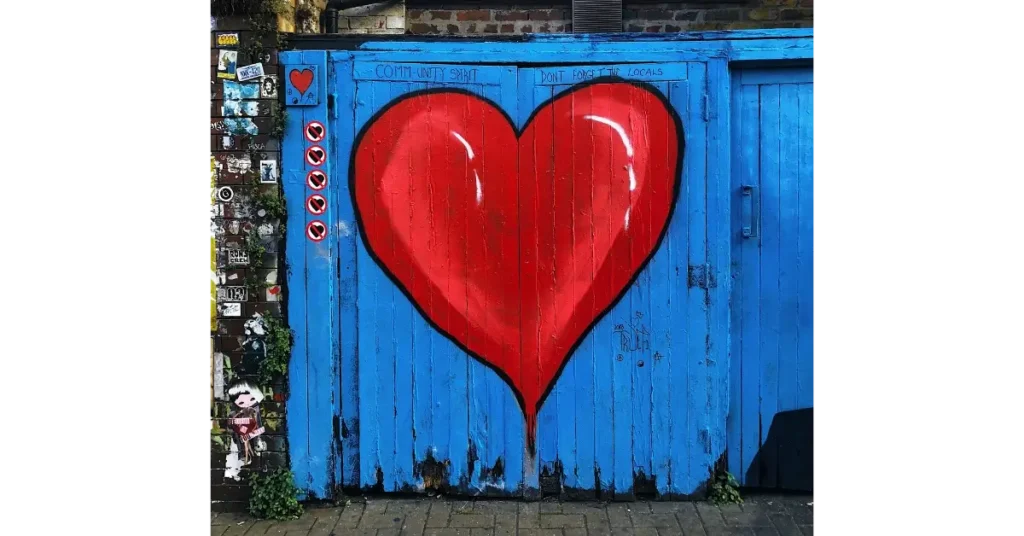
Artistic Techniques
- Mediums: Experiment with a variety of mediums such as acrylics, watercolors, or collage to find what resonates with your inner voice.
- Styles: Whether it’s abstract, figurative, or somewhere in between, the style of your art can reflect your journey and mood.
- To learn more about the journey of creating self love art through different mediums and styles, consider the insights provided by Exploring Self Love Art – Loving Yourself from Thought to Canvas.
Personal Expression
- Themes: It’s important to choose themes that are meaningful to you, such as compassion, resilience, or joy. These can be depicted visually through symbols, colors, and compositions.
- Visualization: Picture the love you have for yourself as a color or shape and bring that visualization to life on your chosen surface.
Therapeutic Practices

- Mindful Art: Engage in practices that combine art with mindfulness to boost self-compassion and reduce stress.
- Breathwork: Incorporate breathing exercises into your art-making process to promote relaxation and presence.
- Art Therapy Activities: To find a structured pathway to self acceptance and self love, art therapy activities can be a guided option with proven benefits in this space.
- For step-by-step guidance in such activities, Self Love Art Therapy Activity – YouTube can be a helpful resource.
Artists Promoting Self-Love
When we talk about self love art, we’re often referring to the works of artists who dedicate their talent to promote self-acceptance and care. Through their creative expressions, they remind us to cherish our own individuality and worth.
Contemporary Artists
- Maya Kern: With her distinctive pink-toned comics, Kern challenges societal norms on body image, weaving powerful narratives of self-love and positivity.
- Stuart Brown: Brown’s thought-provoking blog on self love art documents his personal journey with art as a medium for finding and nurturing love for oneself. He combines insights on self-love with creative processes on canvas, helping others to reflect and grow through art.
Influential Works
- Mindful Creative Muse explores the concept of combining mindfulness and artistic endeavors. The organization suggests that mindful art aids in nurturing self-love by providing a non-judgmental space for self-exploration. Check out ways art can intertwine with mindfulness for a more compassionate approach to ourselves here.
- The Draw for Mental Health blog emphasizes the therapeutic aspects of art-making in their post about a self-love journey through art. It illustrates how self-compassion and acceptance cultivated through art can be key to maintaining mental well-being.
Self-Love Art Workshops
Exploring self-love through art provides us with unique opportunities to connect with our inner selves. Our workshops, whether in person at community events or through online sessions, offer immersive experiences to nurture self-acceptance and creativity.
Community Events
Affirm Arts CIC organizes local self-love program workshops where participants engage in activities that reinforce self-appreciation and personal growth. Here’s what we can look forward to:
- Origami Hearts: An introspective art creation workshop focusing on the symbolism of the heart.
- Funny Face: A session on self-expression through face painting, allowing a playful exploration of identity.
Online Sessions
For those who can’t join us physically, online sessions are a fantastic way to get involved. Here’s a snapshot of online opportunities:
- The Self-Love Society workshop connects you with peers in a supportive digital space to learn self-love practices.
- An introspective guide on cultivating self-love through art and mindfulness, providing easy-to-follow steps anyone can incorporate into their daily routine from the comfort of their home.
Exhibiting Self-Love Art
We see self love art as a transformative way to communicate individuality and personal growth. Through various platforms and venues, artists and enthusiasts come together to celebrate this empowering theme.
Galleries and Spaces
Galleries offer a tangible, sensory experience where self love art creates a dialogue between the artist and the public. The White Walls Gallery curated a thought-provoking showcase, juxtaposing different interpretations of self-love through contrasting styles and palettes. Strolling through such exhibits, visitors engage with a medley of emotions and insights depicted on canvas, inviting reflection on personal journeys of self-acceptance.
Virtual Exhibitions
On the digital front, virtual exhibitions allow anyone with an internet connection to access self love art. They provide a platform for spreading the message of self-care and positivity widely. For instance, engaging platforms like MindfulCreativeMuse.com highlight how art combined with mindfulness can be an accessible way to foster self-love. This digital approach broadens the scope, enabling viewers from around the world to participate and potentially discover new aspects of themselves.
Criticism and Appreciation
In the realm of self love art, we encounter the dual forces of criticism and appreciation. Both can shape the artistic journey and how we perceive ourselves in our creations.
Art Critics’ Role
Art critics have a profound impact on how self love art is perceived, not only by the audience but by the artists themselves. Critics often determine the artistic merit of a work and validate the emotions and expressions it conveys. When critics engage with self love art, they have the power to uplift it and emphasize its importance in society or, conversely, to diminish its perceived value.
- Positive Criticism: Can lead to broader acceptance and understanding.
- Negative Criticism: Might push artists to reflect and grow, but it can also discourage the self love ethos.
Audience Reception
The audience’s reception to self love art is equally influential. When people connect with a piece of art, a dialogue between the audience and the artwork is created, where personal interpretations and emotional responses are shared.
- Personal Connection: Viewers often find aspects of their own experiences in the art, thus fostering a sense of community and support.
- Constructive Feedback: Honest but thoughtful reactions from the audience can act as a form of peer review and encourage self-reflection and improvement in the artist’s practice.
The Impact of Social Media
In the world of self love art, social media has fundamentally altered the ways we share and celebrate personal growth and empowerment. Let’s explore how these platforms are enhancing not only the visibility but also the communal experience of self love through art.
Sharing and Engagement
Social media platforms have transformed our self love art experience into a participatory one. We see artists not only posting their creations but also interacting with followers, sparking conversations about self-acceptance and mental health. This two-way stream of communication enables an ongoing dialogue, creating a sense of community and support that’s vital for self love. On platforms like Instagram, art is more accessible, allowing anyone to engage with and share pieces that resonate with their personal journey toward loving themselves.
Inspirational Movements
Social media fosters inspirational movements by giving them a stage to shine and grow. Campaigns centered around self love art can spread rapidly, as platforms make it effortless to amplify messages through re-posts and likes. Movements like Body Positivity have gained momentum through artists sharing works that challenge conventional beauty standards, encouraging us to celebrate our unique selves. On networks like Instagram, hashtags curate these artworks, helping us find and join conversations that uplift and inspire a more loving relationship with ourselves.
Educational Aspects
When we talk about self love art, it’s about more than just making pretty pictures. It’s a powerful tool in education that can build empathy, self-esteem, and creative expression in students of all ages.
Curriculum Development
In developing a curriculum that includes self love art, it’s key to integrate activities that encourage students to reflect on their own identities and experiences. For example, we might create a lesson plan that has students paint or draw their self-portraits as a way to explore self-perception and self-appreciation. These activities should be crafted to align with broader educational goals, such as understanding emotions, enhancing communication skills, and promoting critical thinking.
- Lesson 1: Self-Portrait Creation
- Objective: Understand and appreciate individual uniqueness.
- Lesson 2: Mixed Media Collages
- Objective: Explore and express personal narratives.
Art Education Programs
In our art education programs, encouraging self love through art takes a front seat. For instance, workshops focused on self-compassion and non-judgmental mindfulness can significantly impact student well-being. We would use a variety of mediums and techniques to allow for self-expression, inviting students to create art that represents their thoughts and feelings about themselves.
- Workshop A: “Inside Out” – A deep dive into inner emotions
- Techniques: Watercolor blending, expressive brushwork
- Workshop B: “My Story, My Art” – Narrating life through canvas
- Techniques: Digital media, collage, acrylics
By focusing on these aspects, we steer self love art into powerful educational experiences that can last a lifetime.
Our Opinion on Self Love Art
In the vibrant sphere of self love art, we’ve encountered a myriad of expressions that resonate deeply with our ethos. When we consider the act of creating art as a form of self-care, it’s more than just a pastime—it becomes a profound way to nurture our mental and emotional well-being.
Why We Value It:
- The Expression: Art grants us a voice without the need for words. It’s a means to convey our innermost feelings and unlock parts of ourselves that we may not otherwise acknowledge.
- The Therapy: Engaging in art activities can be incredibly therapeutic, offering a safe space to process emotions and reduce stress.
- Mindfulness: The practice promotes mindfulness, anchoring us in the present moment and allowing a break from the continuous churn of thoughts.
What We’ve Learned:
- Art fosters self-acceptance; realizing there is no ‘right’ way to create allows us to be more forgiving and kind to ourselves.
- The process of making art can lead to discoveries about our personal self-worth and individuality.
- By indulging in self love art, we reinforce the message that we are deserving of time and attention.
Through sources like Exploring Self Love Art, we understand that this creative journey is as much about the outcome as it is about the act of creation itself. We believe that self love art is not merely an activity, but a meaningful practice that upholds the importance of caring for oneself through the powerful channel of creativity.
FAQ – Self Love Art
Exploring self love art can be transformative. It allows us to express and nurture our own sense of self-worth through various creative forms and practices.
What is Self Love Art?
Self love art reflects any creative endeavor that focuses on fostering self-appreciation and personal care. This form of art is a conduit for exploring and reinforcing positive self-attitudes, helping us to embrace our own uniqueness.
5 Types of Self Love Art
– Journaling: Personal writing that enables introspection and gratitude practice.
– Painting: Using colors to visually express self-affirming messages.
– Sculpture: Shaping materials to represent one’s inner strength and beauty.
– Photography: Capturing one’s own essence or environment that supports self-love.
– Mixed Media: Combining various art forms to create a multifaceted expression of self-love.
3 Steps to Start with Self Love Art
1. Choose Your Medium: Reflect on which form of art resonates with you.
2. Set an Intention: Decide what aspect of self-love you want to explore.
3. Create Your Space: Prepare a comfortable environment that inspires creativity.
What´s your opinion on self love art? Let us know in the comments.
